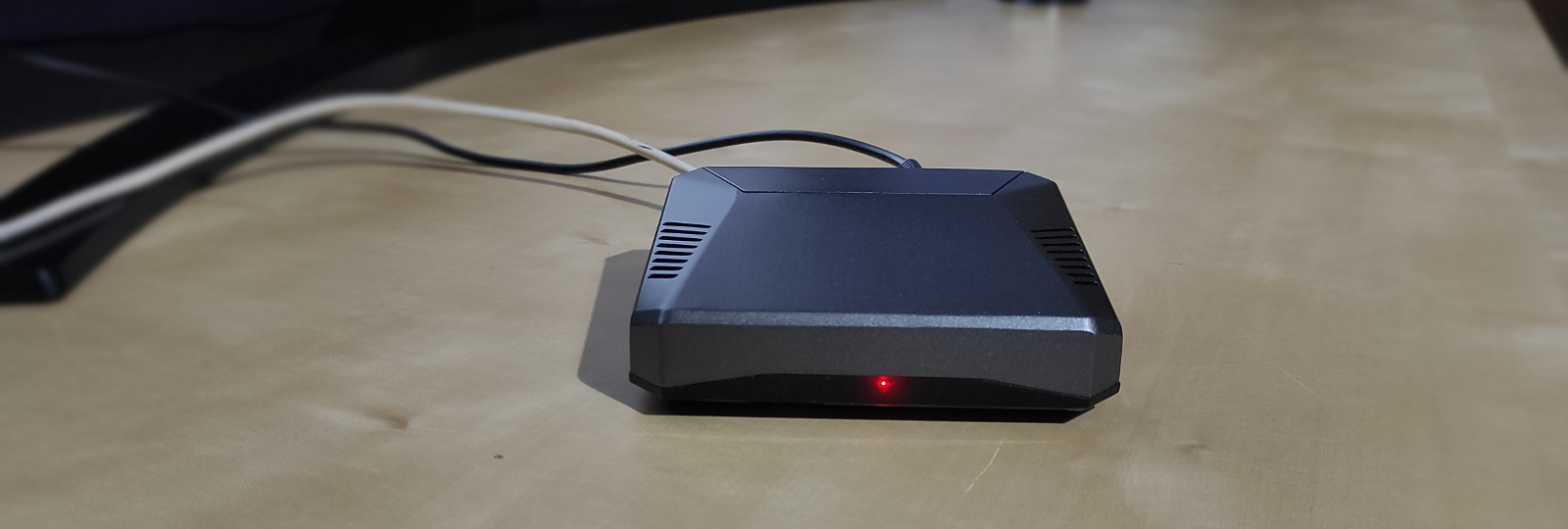Argon One is one of the best Raspberry Pi cases, it combines decent cooling, easy access to the GPIO pins, and power button, and an awesome design.
By default, the built-in fan is inactive and the device does not automatically boot when plugged in power. Ideally, when running your Raspberry Pi as a server, you expect it to reboot after a blackout. For this, let’s go through some configuration on our Raspberry Pi to control to control the Argon One case for our server.
Installing Argon Config
The first thing to do is to install get and run the argon1.sh which installs a utility that helps us configure the case’s fan:
curl https://download.argon40.com/argon1.sh | bashI also uploaded the script on GitHub as a Gist here in case the argon40 website is offline. Now the argonone-config command should be available on your system.
Configuring Argon’s Fan
If you want to change the fan behavior at a later time, you will be able to use the argonone-config command. Here is an example setting Fan to always on:
thanos@dinodevs:~$ argonone-config
--------------------------------------
Argon One Fan Speed Configuration Tool
--------------------------------------
WARNING: This will remove existing configuration.
Press Y to continue:y
Thank you.
Select fan mode:
1. Always on
2. Adjust to temperatures (55C, 60C, and 65C)
3. Customize behavior
4. Cancel
NOTE: You can also edit /etc/argononed.conf directly
Enter Number (1-4):1
Fan always on.
thanos@dinodevs:~$By following the printed instructions you will also be able to configure a custom fan behavior.
Configuring Power & Power Button Behavior
The next step is to change the behavior of the case when plugged in so that our device boots automatically. To do that we have to run:
i2cset -y 1 0x01a 0xfeTo restore the power behavior back to the default one, where you have to press the power button for the device to boot, you can run:
i2cset -y 1 0x01a 0xfdIf for any reason you want to uninstall the argonone utility, run:
argonone-uninstallSo now you know how to set up your Raspberry Pi with the Argon One case as a server!
